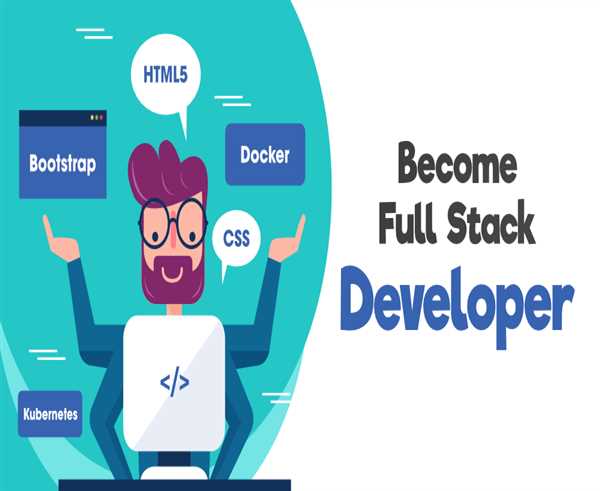In the ever-evolving world of technology, full-stack development has emerged as a key skill set for building modern web applications. A full-stack developer possesses expertise in both front-end and back-end development, allowing them to handle all aspects of the development process. In this blog post, we will explore the concept of full-stack development, its advantages, and the essential technologies and tools used in the field.
Understanding Full Stack Development
The capacity to create both the client-side (front-end) and server-side (back-end) components of a web application is referred to as full-stack development. A full-stack developer is proficient in multiple programming languages, frameworks, and databases, allowing them to handle tasks ranging from designing user interfaces to managing databases and server configurations.
Advantages of Full Stack Development
- End-to-End Development- Full-stack developers have a comprehensive understanding of the entire web development process, from concept and design to implementation and deployment. This enables them to work independently, manage projects effectively, and deliver complete solutions without relying on multiple specialists.
- Flexibility and Adaptability- With expertise in both front-end and back-end technologies, full-stack developers can seamlessly switch between different development tasks and technologies as per project requirements. This adaptability is particularly valuable in startups and small teams where resource allocation is crucial.
- Efficient Problem Solving- Full-stack developers possess a deep understanding of the complete application architecture. This allows them to identify and resolve issues efficiently, whether they arise in the user interface, server-side logic, or database management. Their holistic perspective enables them to implement robust solutions that consider the entire application ecosystem.
Essential Technologies and Tools
- HTML/CSS- Full stack developers must be proficient in HTML (Hypertext Markup Language) and CSS (Cascading Style Sheets) to create the structure, layout, and styling of web pages. These fundamental technologies are the building blocks of the front-end development process.
- JavaScript- JavaScript is a versatile programming language that enables interactive and dynamic web experiences. Full-stack developers use JavaScript frameworks and libraries, such as React, Angular, or Vue.js, to enhance user interfaces, handle client-side logic, and enable seamless interactions.
- Back-end Technologies- Full-stack developers must be well-versed in at least one back-end programming language such as Python, Ruby, Java, or Node.js. They leverage frameworks like Django, Ruby on Rails, Spring Boot, or Express.js to handle server-side logic, data processing, and API integrations.
- Databases- Full stack developers work with databases to store and retrieve data. They should have knowledge of relational databases like MySQL, PostgreSQL, or Oracle, as well as NoSQL databases like MongoDB or Firebase. Understanding database modeling, querying, and optimization is crucial for efficient data management.
- Version Control- Full-stack developers utilize version control systems like Git to track changes in code, collaborate with team members, and manage project versions. Proficiency in Git and platforms like GitHub or Bitbucket ensures effective collaboration and streamlined code management.
Conclusion
Full-stack development offers a holistic approach to building modern web applications. With proficiency in front-end and back-end technologies, full-stack developers possess the skills necessary to handle every aspect of the development process. This versatility enables them to work independently, adapt to changing project requirements, and efficiently troubleshoot issues throughout the application stack.
By mastering essential technologies like HTML/CSS, JavaScript, back-end programming languages, databases, and version control systems, full-stack developers can create robust and scalable web applications. Their ability to bridge the gap between front-end and back-end development empowers them to deliver complete solutions that meet the needs of businesses and users alike.




Leave Comment